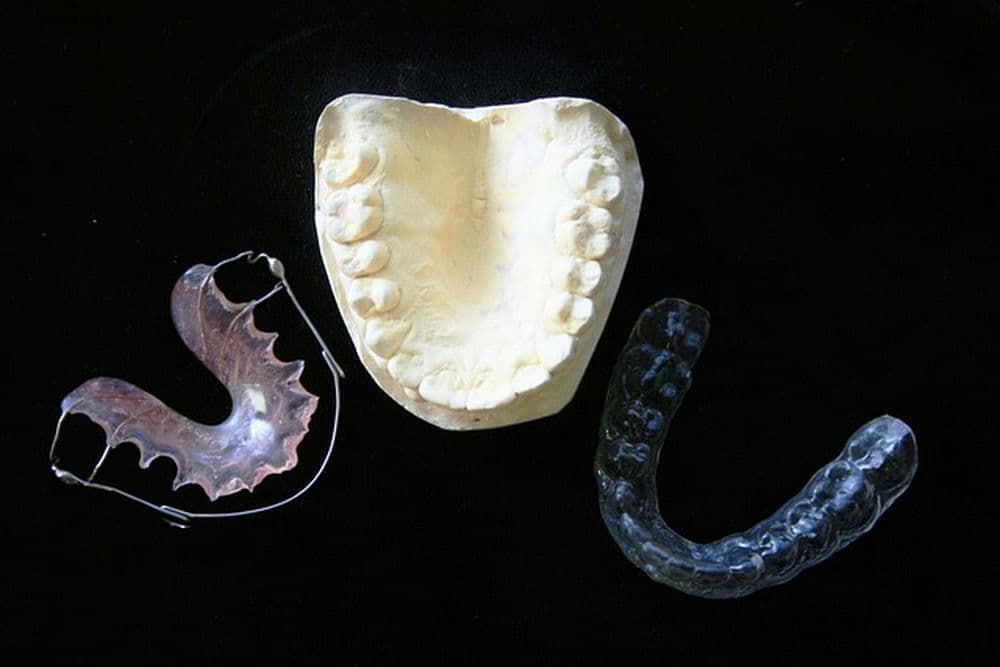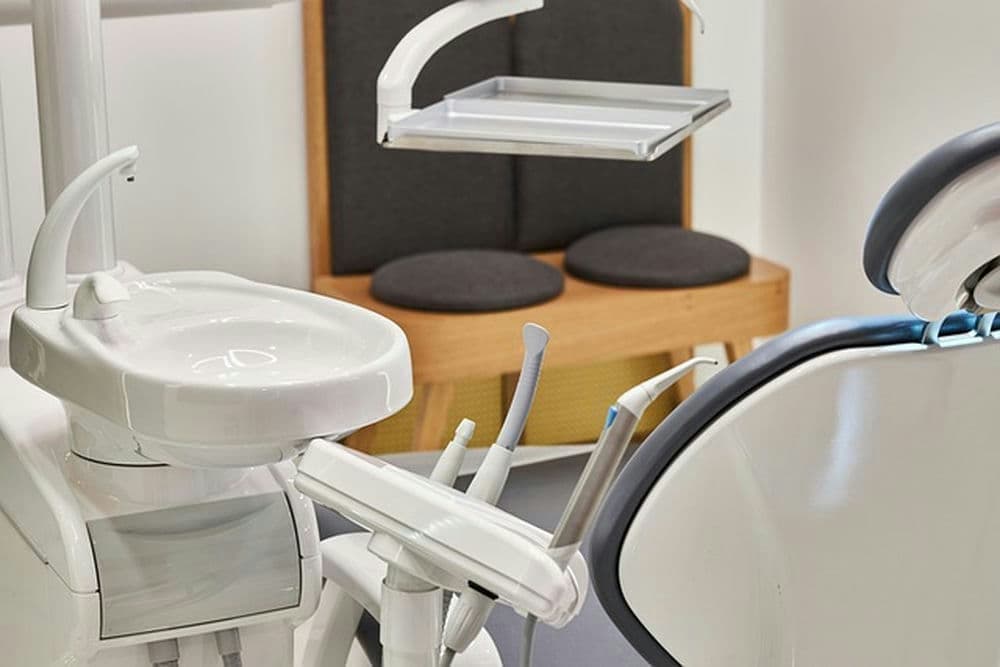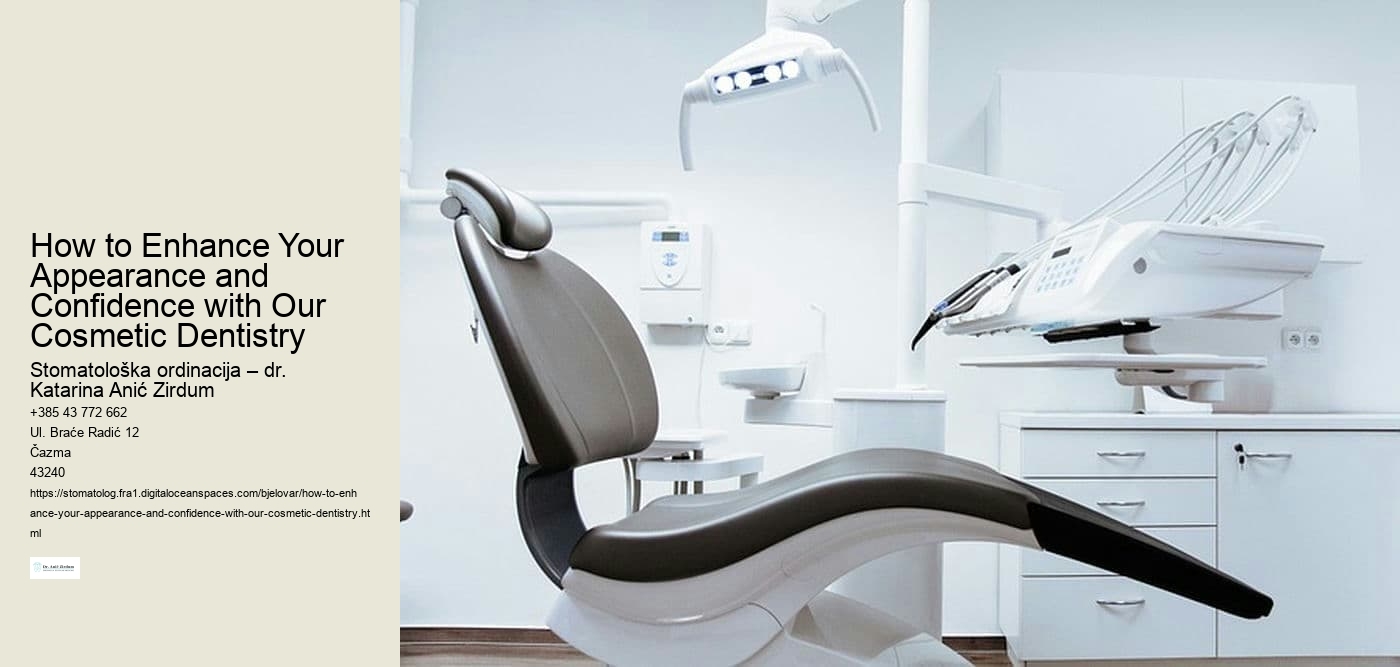
cosmetic dental implants
We can lose a tooth for a few reasons; most commonly it is caries, periodontal sickness, injury or bruxism.
By using the latest electronic work flow era mydentist reduces the will for messy impressions. We will often use digital scans to make a virtual model of your mouth after which, using 3D printers, we create a surgical guide, which in turn means more actual placement of the implants. In order to make sure a long run balance of your teeth or dental implant, it’s required a sufficient amount of bone. Bone plays an important role also for guaranteeing the esthetic look of your teeth and gums. Bone loss may occur from trauma or irritation of the gum and bone due to:Bacteria present in dental plaque, that if not removed, causes irritation. This can damage your gums and likewise the bone surrounding your teeth (periodontitis).
mini dental implants near me
We put them into the bone of your jaw.
Dentures can slip out while eating or speaking. Implants and implant-supported dentures are securely anchored and won’t slip out. It’s hard to chew with dentures and you may’t eat numerous food you adore or need. Dentures can move if you chew, that is traumatic, and also makes it difficult to chew! In fact, dentures generally have only 10% or less of full chewing power. Dental implants have full chewing power and implant-supported bridges or dentures also considerably augment the chewing power. Dentures may click while eating. With implants or implant-supported dentures, there’s no demanding clicking sound. Dentures don’t provide the stimulation needed to prevent bone loss. The jawbone must have the stimulation of high-force chewing to keep its volume. Implants ensure no jaw bone is lost. Progressive bone loss on account of dressed in dentures may cause facial collapse.


keystone dental implants
This is one of the most current systems to repair edentulous jaws with a set of fixed teeth, providing you with your smile and health back through four to six dental implants strategically placed.
Our experienced Implant Surgeons and their teams will keep you well knowledgeable before the remedy and every step of the way, and could come up with a close remedy plan that may set out the time frames in touch in your implant event. The main merits of dental implants?Replace loose-fitting denturesMaintain bone architecture after tooth lossImprove the look of your smileBoost your confidenceFunction and feel identical to natural teethImprove chewing and speakingLong term solutionHigh achievement rateDental implants are a set solution for missing teeth that are the closest feasible alternative for herbal teeth. They involve a number of titanium screws being inserted into your jawbone to imitate a natural tooth root. Dental crowns are securely attached to these to fill the gaps in your mouth. Because dental implants are securely anchored in your jaw you’ll have the self belief to without difficulty eat something you like. Dental implants are a well-established treatment for replacing lacking teeth. As they're inserted without delay into your jawbone they help steer clear of bone loss or movement of your ultimate teeth, aiding to maintain the structure of your face. There are a number of various types are dental implants which may be used based in your need. These range from a single implant to hold one tooth, to distinctive implants that hold a number of teeth, even full arches in some cases. Single dental implantSingle implant videoPlayIf you're missing a single tooth, then a dental implant is the closest thing to the long-established tooth so that you can get. It offers a herbal look and will not move whilst you eat permitting you to chew and eat the foods you always have loved.
affordable dental implants
Because dental implants are securely anchored in your jaw you’ll have the confidence to without problems eat whatever you love.
Make sure that you’ve seen your fundamental care service these days for a checkup and blood work to be sure that there aren’t any circumstances that might intrude with implant fulfillment. Talk to your dentist about sedation options. Most surgeons offer sedative drugs that will let you relax during your dental implant surgical procedure. If you plan on having sedation, prepare for a relied on friend or family member to drive you home after your system. What happens during dental implant surgical procedure?During dental implant surgery, your physician will:Give you anesthesia. They’ll administer local anesthesia to numb your gums. If you opted for sedation, they’ll come up with those drugs in addition. Create an incision. Once you’re at ease, your physician will make an incision (cut) to your gums where the dental implant will go. This exposes the bone underneath so your doctor can place the implant. Prepare your jaw.
